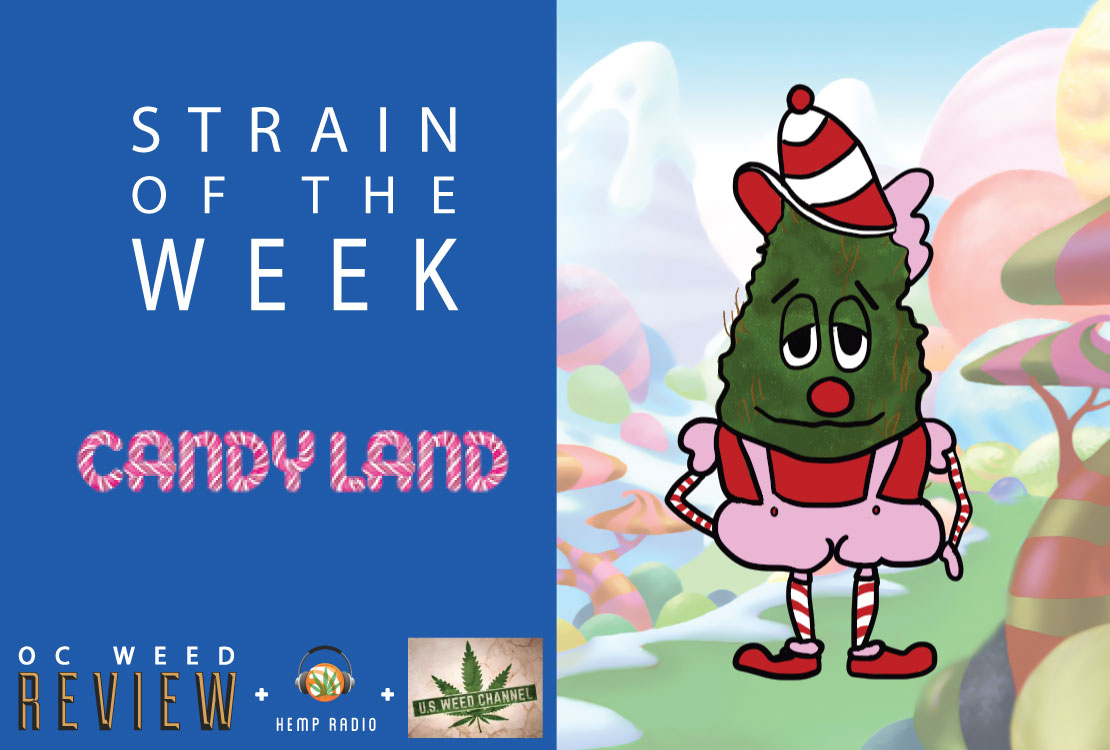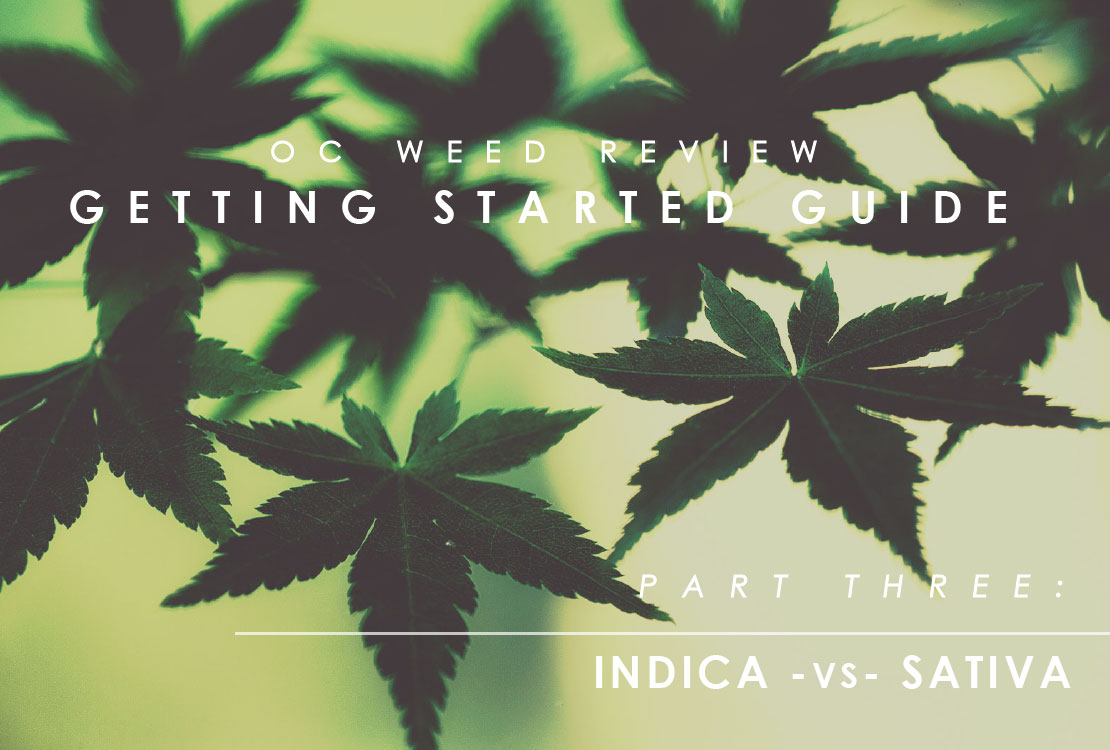Indica vs Sativa:
Indica: Cannabis indica plants are broad leafed and stocky plants whose landraces originate from India, Pakistan, Bangladesh, Nepal, Morocco, and Afghanistan. Their short growth cycle means they are efficient producers, making them popular among indoor cultivators.
Indica strains tend to have a higher CBD content than sativas, which actually works against THC to reduce paranoia and even relieve anxiety. Known for their body effects, indica users tend to feel slowed and stoned, sleepy and “couch locked”, and indicate relief from physical aches and pains, such as migraines, cramps, arthritis, muscle fatigue, and even seizure prevention.
Popular indica strains include Mazar I Sharif, Northern Lights, Hash Plant, G-13, and most Kush and OG strains.
Sativa: Cannabis sativa plants have long, skinny leaves and grow much taller than indica strains. This and their longer growth cycles mean they are often best suited to be grown outdoors. Sativa landraces traditionally hail from equatorial regions: such as Mexico, South America, Thailand and other Southeast Asian countries, and much of central and southern Africa.
Sativas have much less CBD, meaning the high is focused mainly in the mind. Expect mood enhancement in the form of being smiley, giggly, and talkative. There can also be a caffeine like rush of energy and a creative, productive element from the extra stimulation of the senses. Sativas are fantastic for a range of psychosomatic symptoms, like depression and PTSD.
Popular sativa strains include Durban Poison, Jack Herer, Lamb’s Bread, Maui Waui, Skunk #1, and Sour Diesel.
Hybrids: In addition to purely genetic indica and sativa plants, there are numerous hybrids on the shelves of dispensaries as well. A hybrid is formed when plants are genetically bred to produce a new, unique strain. As the industry continues to develop, hybrids have become the norm and few original landraces have been left unaltered.
Hybrids can either be sativa or indica dominant, depending on their family tree, meaning their effects lean to one of the two types of effects. This can be helpful when looking to maximize certain traits in a plant, while still offering a complete high. It is also possible to create a 50/50 hybrid that seeks to balance perfectly the multitude of medical symptoms treated, such as with S.A.G.E.
Phenotypes of a strain can also occur, where within a single strain more than one manifestation of traits appears. While a genotype is the genetic makeup of a plant, think your DNA, the phenotype is the actual observed properties of the individual plant itself. OG Kush has several well known phenotypes: consider Tahoe OG, SFV OG, and Larry OG to name a few California grown favorites.
With so many crossbred genetics and varied phenotypes, it can be a difficult process to wade through them all, but rewarding once a personal favorite is found. Take the time to learn how your body reacts to the compounds of each strain, relying on lab tests when possible, to find the best medication for your symptoms.
Note: When it comes to determining smells and effects of marijuana, research points to terpenes to be responsible for the individual “personalities” of different strains. While sativa and indica make good categories to start understanding cannabis, it is important to know your own medicating needs and how you react to each strain individually.















